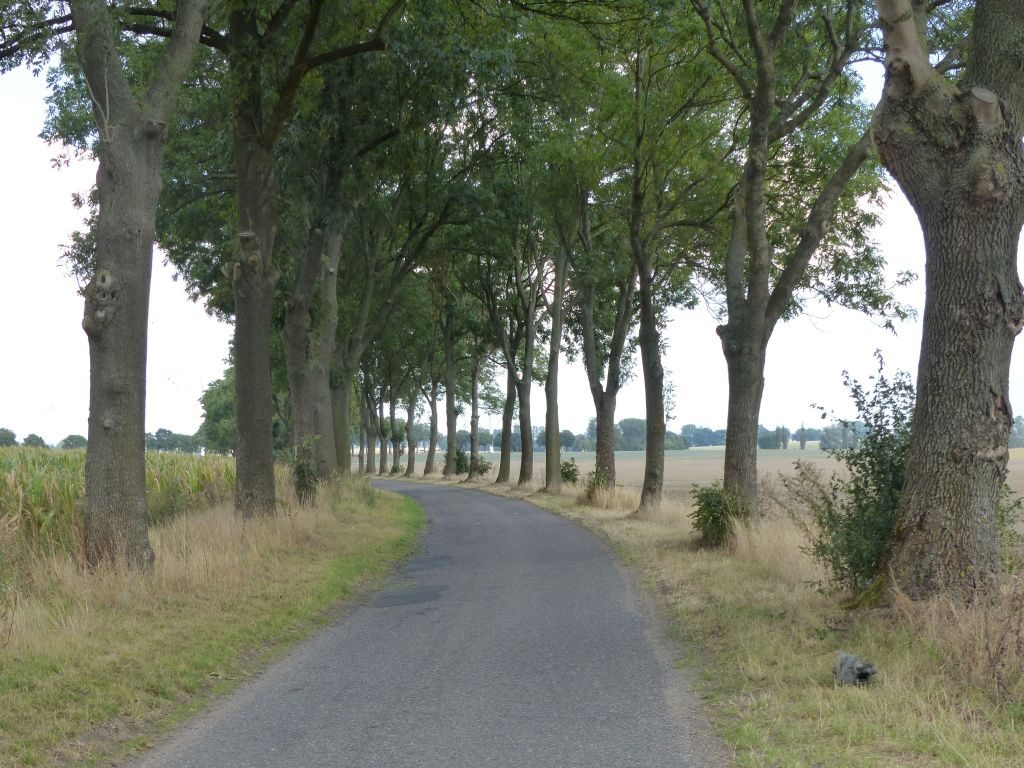
In a Summer Marathon, Even World-Class Athletes' Lives Are at Risk from Heat Stroke ©Horst Milde
Growing Trees Along Olympic Marathon Course to Provide Cool Shade for Runners – Brett Larner – Japan Running News
In past Olympics and World Championships there have been cases of athletes suffering from dehydration and heat stroke, and the issue represents a major challenge for the Tokyo Games.
Tree branches are normally pruned to a short length, but this time they were given more length in order to encourage growth of longer branches. The suzukakenoki trees along Yasukuni Street in Tokyo's Chiyoda district are currently maintained at a width of 2.7 m and height of 8.6 m, but plans call for them to be grown to 6.5 m in width and 12 m in height over the next three years. According to tests performed by the national government, road surface temperatures are about 7 degrees lower in shaded areas than when exposed to direct sunlight. Metropolitan Parks Department Greenery Planning Division director Chiaki Negoro commented, "I would like to see these measures continue after the Olympics so that we can create an environment where pedestrians can stay cool."
Improvements to the roadways making up the marathon course are also underway. In readings taken midday in Tokyo's Nihonbashi area in the summer of 2016, road surface temperatures as high as 60 degrees were recorded. For that reason, municipalities within the city and the Bay area have begun painting the easily-heated asphalt with a thermally insulating resin which reflects solar heat. The treatment is said to reduce road surface temperatures by up to 8 degrees. Beginning this fiscal year, the Ministry of Land, Infrastructure, Transport and Tourism has also launched a cooperative public and private sector project to plant "green walls," banks of plants grown on city walls. The effects on ambient temperatures of temporary green walls that can be easily installed in the city center are being studied.
The Tokyo Olympics will be held from late July through early August.
In past summer Olympics and World Championships situations have arisen in which athletes could not perform up to their ability or even had to drop out of their races due to dehydration or heat stroke. In the 1984 Los Angeles Olympics women's marathon, Switzerland's Gabriela Andersen reached the finish line despite staggering from the effects of dehydration. Much of the crowd cheered her on not to give up until she made it, but heat stroke does create a risk of death. Of the 85 men who participated in the marathon in temperatures of 33 degrees at the 2007 Osaka World Championships, 28, roughly one-third, dropped out partway.
Yamanashi Gakuin University assistant coach Satoshi Osaki, 41, who represented Japan in that race, recalled, "There was absolutely no shade on the course, and the entire time we were being bathed in both direct sunlight and reflection from the pavement. I was sweating so much that it felt like I was burning up and disintegrating from the inside." Osaki warned that a similar situation could occur at the Tokyo Olympics.
https://style.nikkei.com/article/DGXLASDG03H4X_Q7A810C1CC0001
 EN
EN
